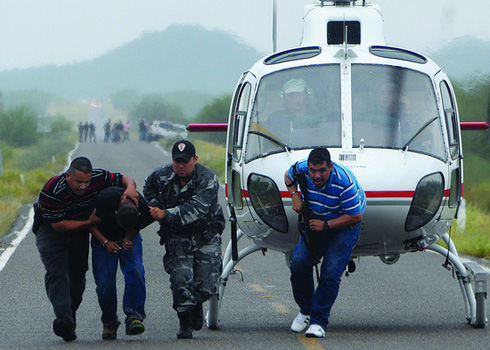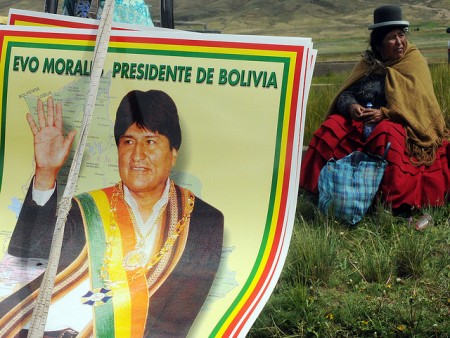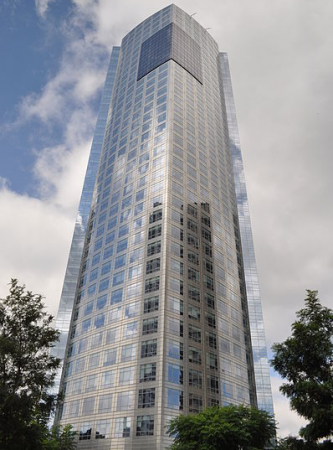
PRINCETON – The United States is rising; Europe is stabilizing; and both are moving closer together. That was the principal message earlier this month at the annual Munich Security Conference (MSC), a high-powered gathering of defense ministers, foreign ministers, senior military officials, parliamentarians, journalists, and national-security experts of every variety.
The participants come primarily from Europe and the US; indeed, when the conference began in 1963, it was focused entirely on NATO members. This year, however, senior government officials from Brazil, China, India, Nigeria, Singapore, Qatar, and Saudi Arabia also joined, an important sign of the times.




